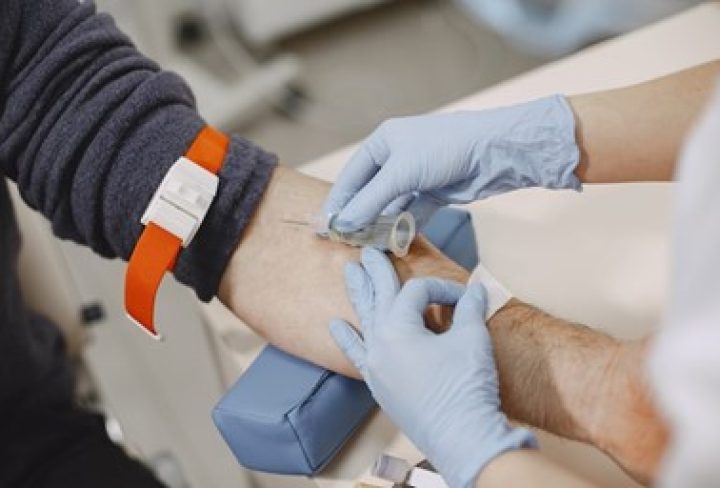The Scrub Typhus IgM test is a vital diagnostic tool used to detect scrub typhus; a potentially serious infectious disease transmitted to humans through the bite of infected mites.
This comprehensive guide aims to provide patients with valuable insights into the Scrub Typhus IgM test procedure, its significance, and what to expect during the testing process.
Understanding Scrub Typhus
Scrub typhus is a bacterial infection caused by Orientia tsutsugamushi, commonly found in areas with scrub vegetation. The disease is transmitted to humans through the bite of larval mites, resulting in the formation of a characteristic eschar or scab at the site. Without prompt treatment, scrub typhus can lead to severe complications and even death.
The Scrub Typhus IgM Test
The Scrub Typhus IgM test is performed to detect the presence of IgM antibodies, which indicate recent infection with scrub typhus. The test is typically conducted using two methods:
- Rapid test
- Immunofluorescence Assay (IFA)
The Rapid test is often the initial screening tool, where a sample is assessed for the presence of scrub typhus antigen. If the level of absorbance exceeds the cutoff value, indicating the presence of the antigen, further confirmation through the IFA is recommended.
The IFA is a more specific and sensitive test, confirming the presence of IgM antibodies bound to scrub typhus antigen. This serological test is conducted after the Rapid test to validate the results and provide a definitive diagnosis.
Procedure Details
Before undergoing the Scrub Typhus IgM test, no special preparation is required. However, it is essential to inform your doctor about any prior medical history and medications being taken.
During the Rapid test, a sample of human serum, blood, or plasma is collected and added to a substrate containing scrub typhus antigen. The level of absorbance is then measured, with values exceeding the cutoff indicating a positive result.
In the IFA, collected samples are added to slides coated with scrub typhus antigen. If IgM antibodies are present, they bind to the antigen. A fluorescently labeled antibody is then added, allowing visualization of the bound antibodies under UV light. Positive results are indicated by the presence of fluorescence.
Significance of Results
A positive result from the Scrub Typhus IgM test suggests recent infection with scrub typhus. Prompt diagnosis and treatment are crucial to prevent complications and ensure recovery. However, if the test results are inconclusive or negative despite clinical suspicion, further testing or consultation with a doctor may be necessary.
The Scrub Typhus IgM test plays a crucial role in the diagnosis and management of scrub typhus, enabling timely intervention and appropriate treatment. By understanding the testing process and significance of results, patients can collaborate effectively with doctors to ensure optimal care and recovery.



